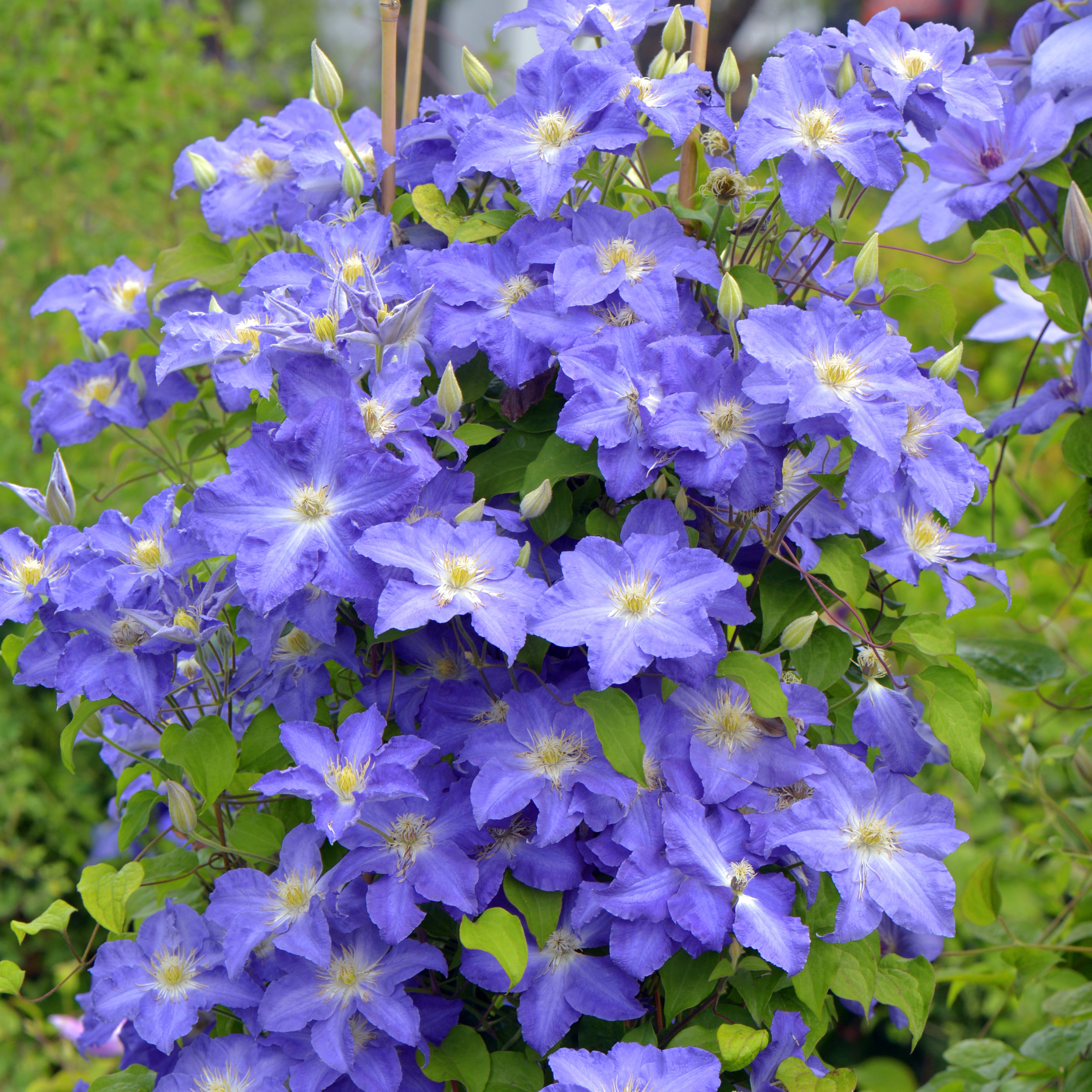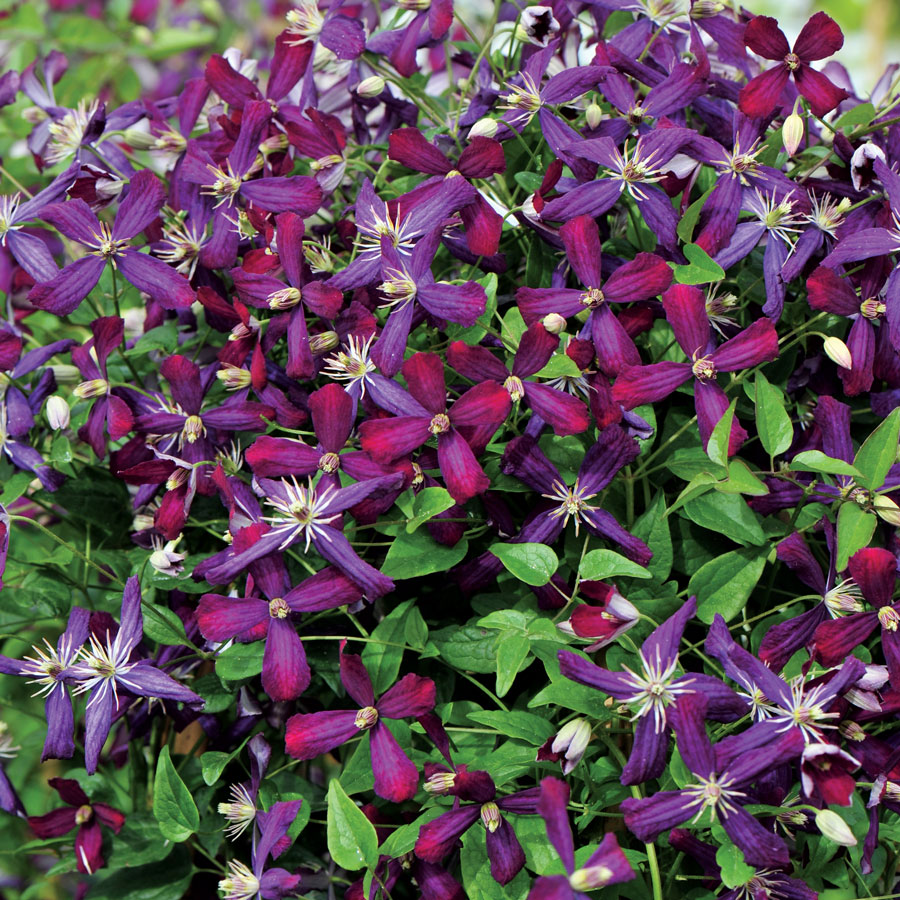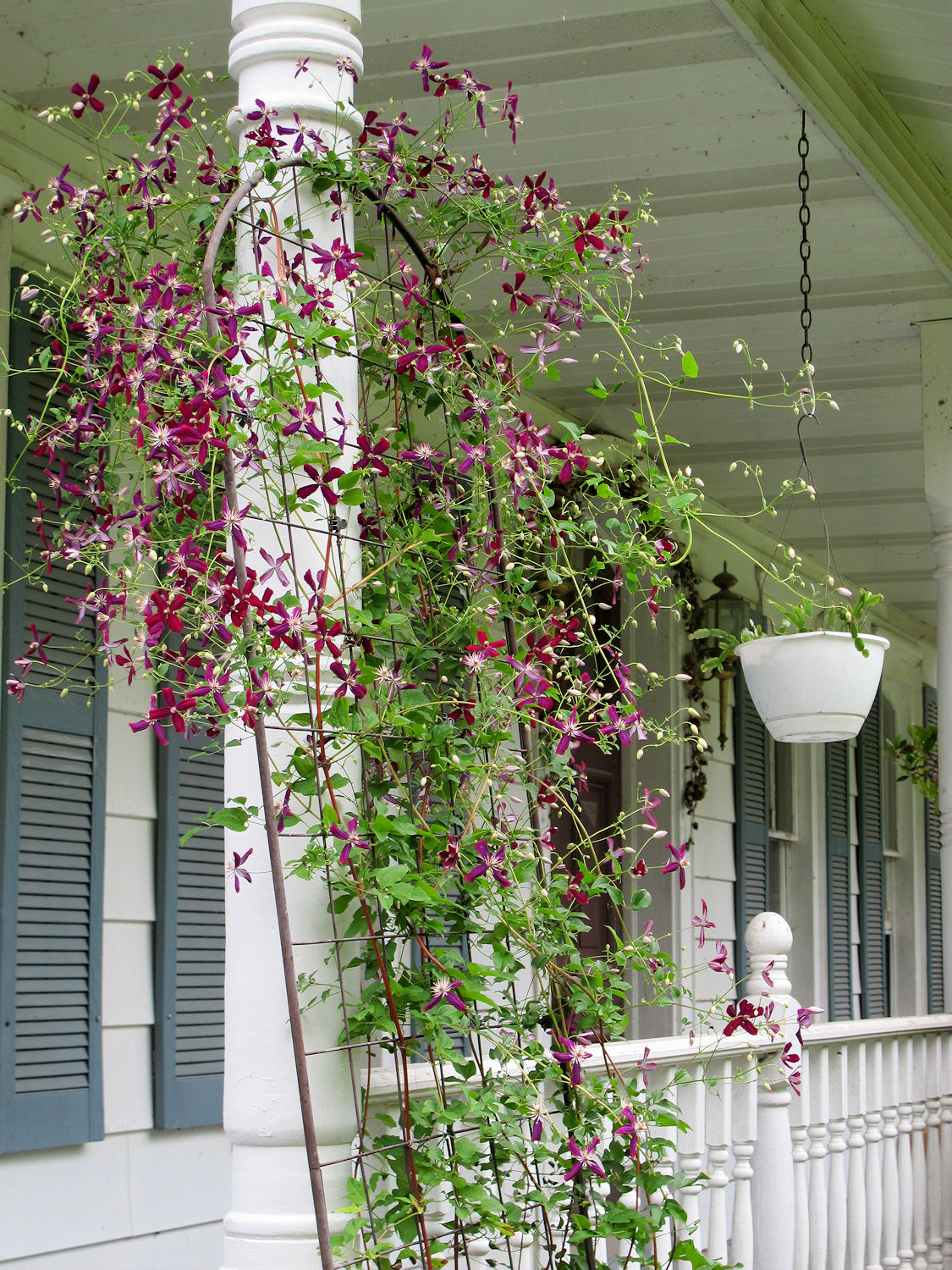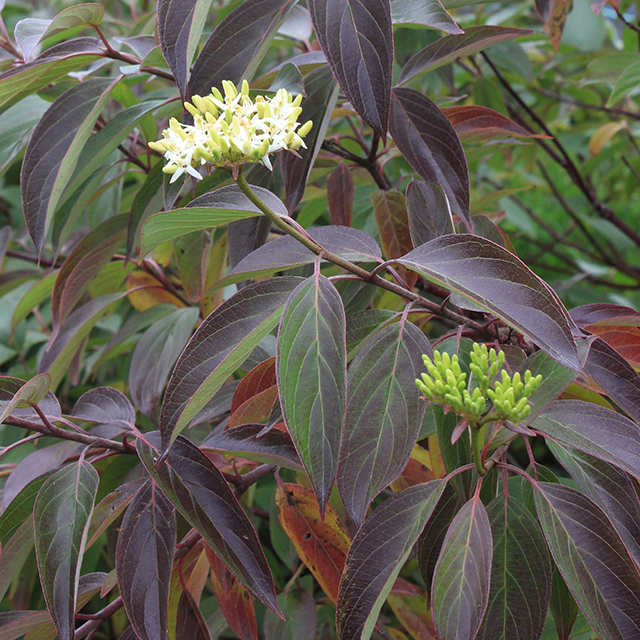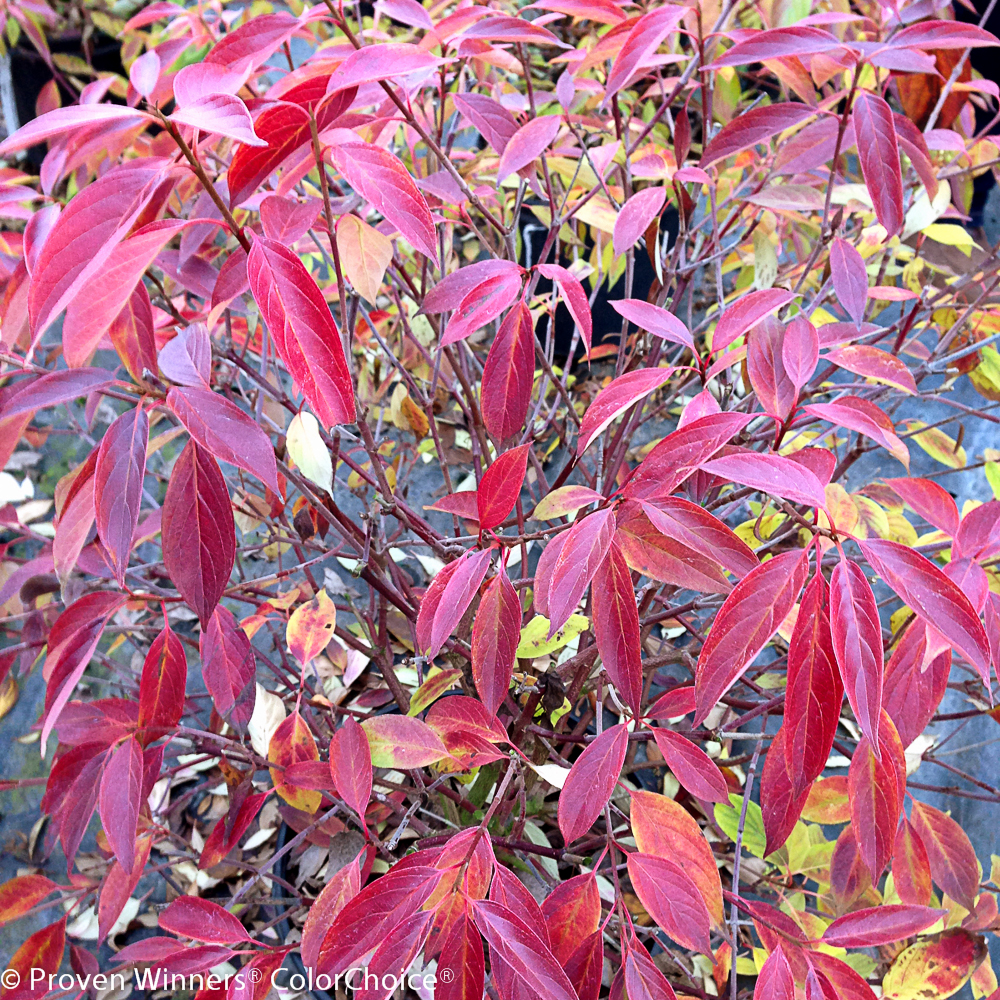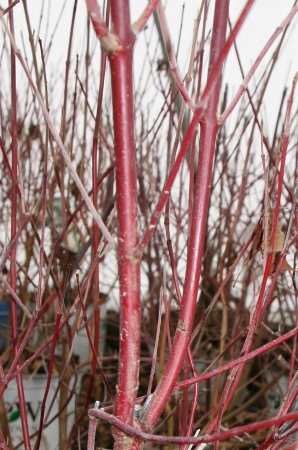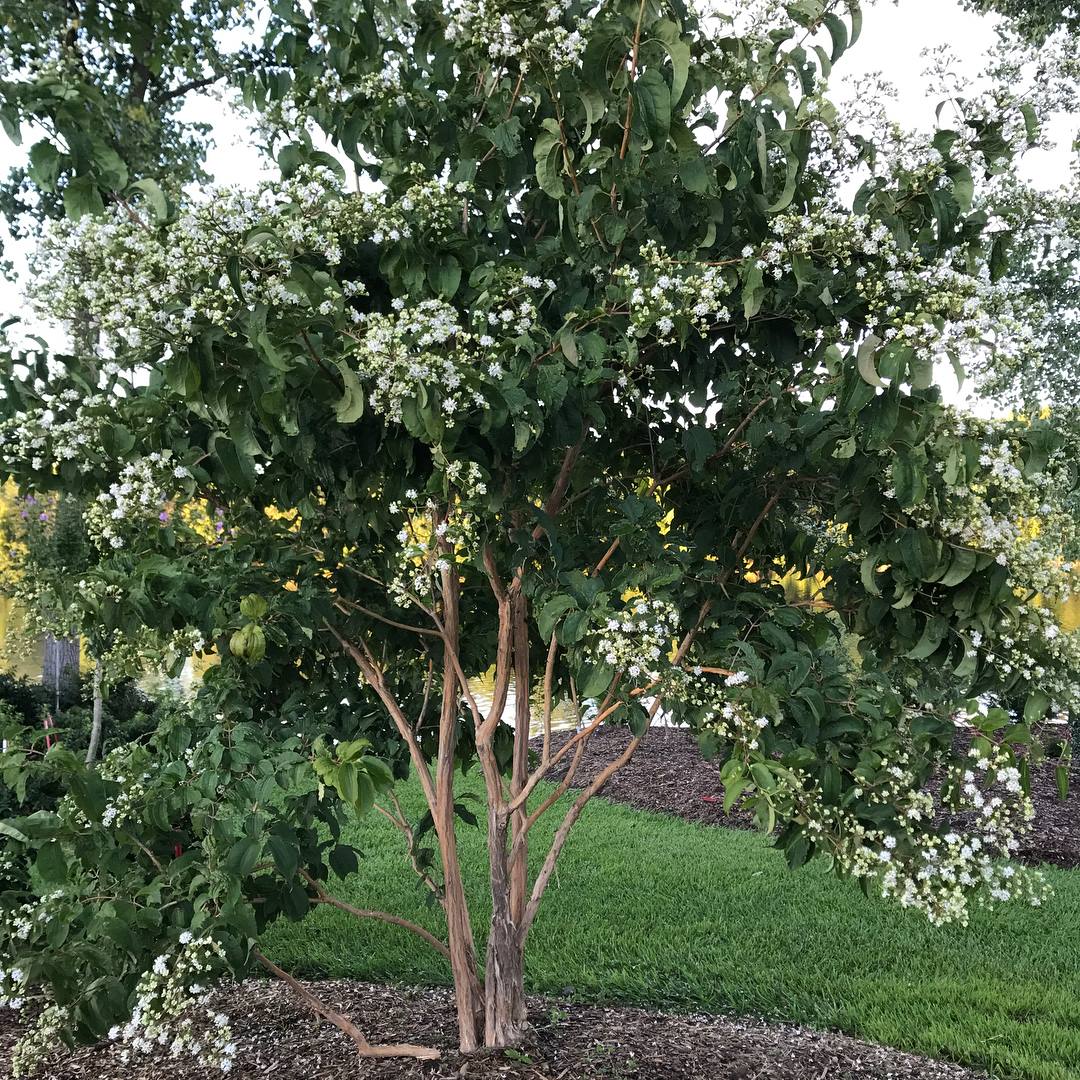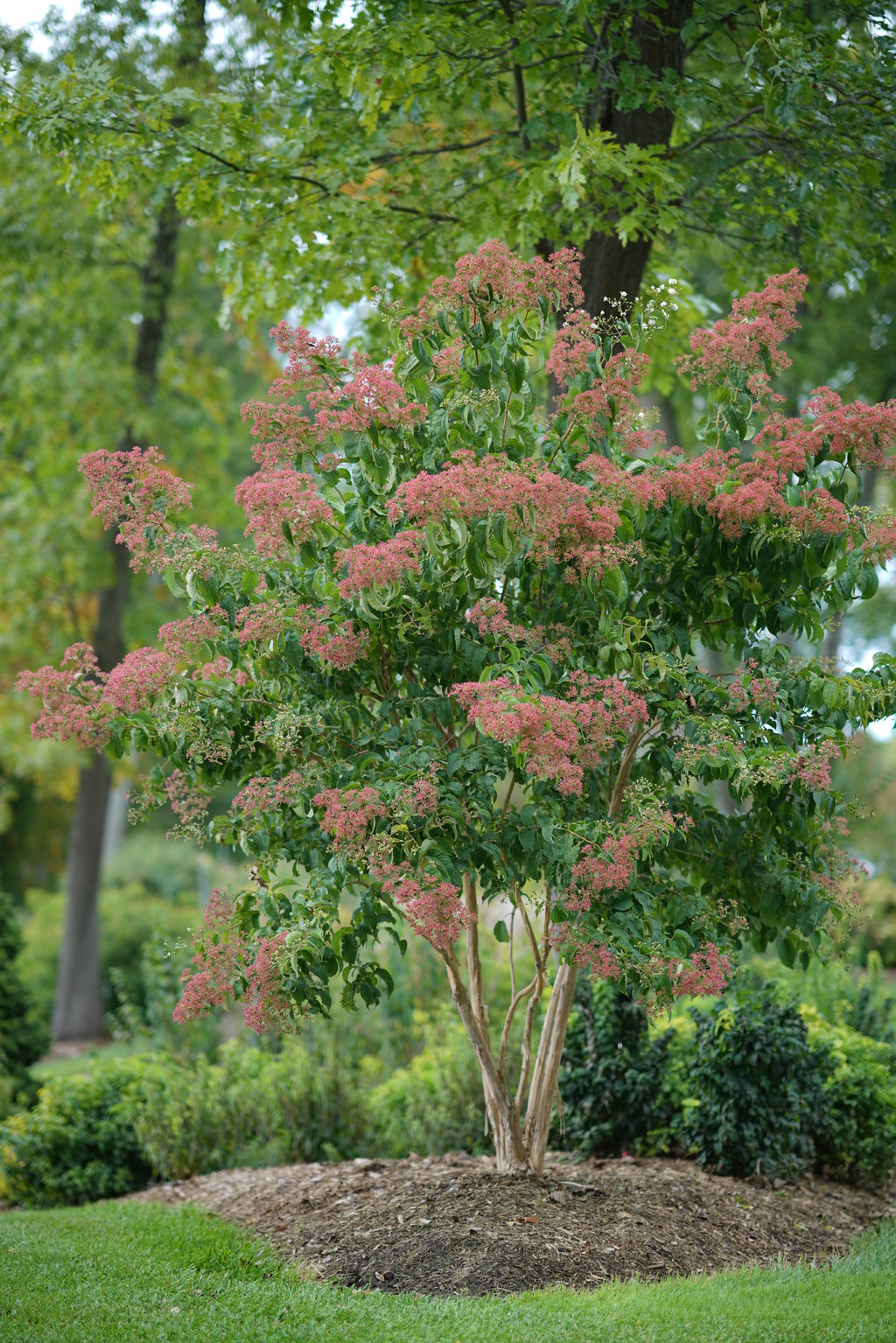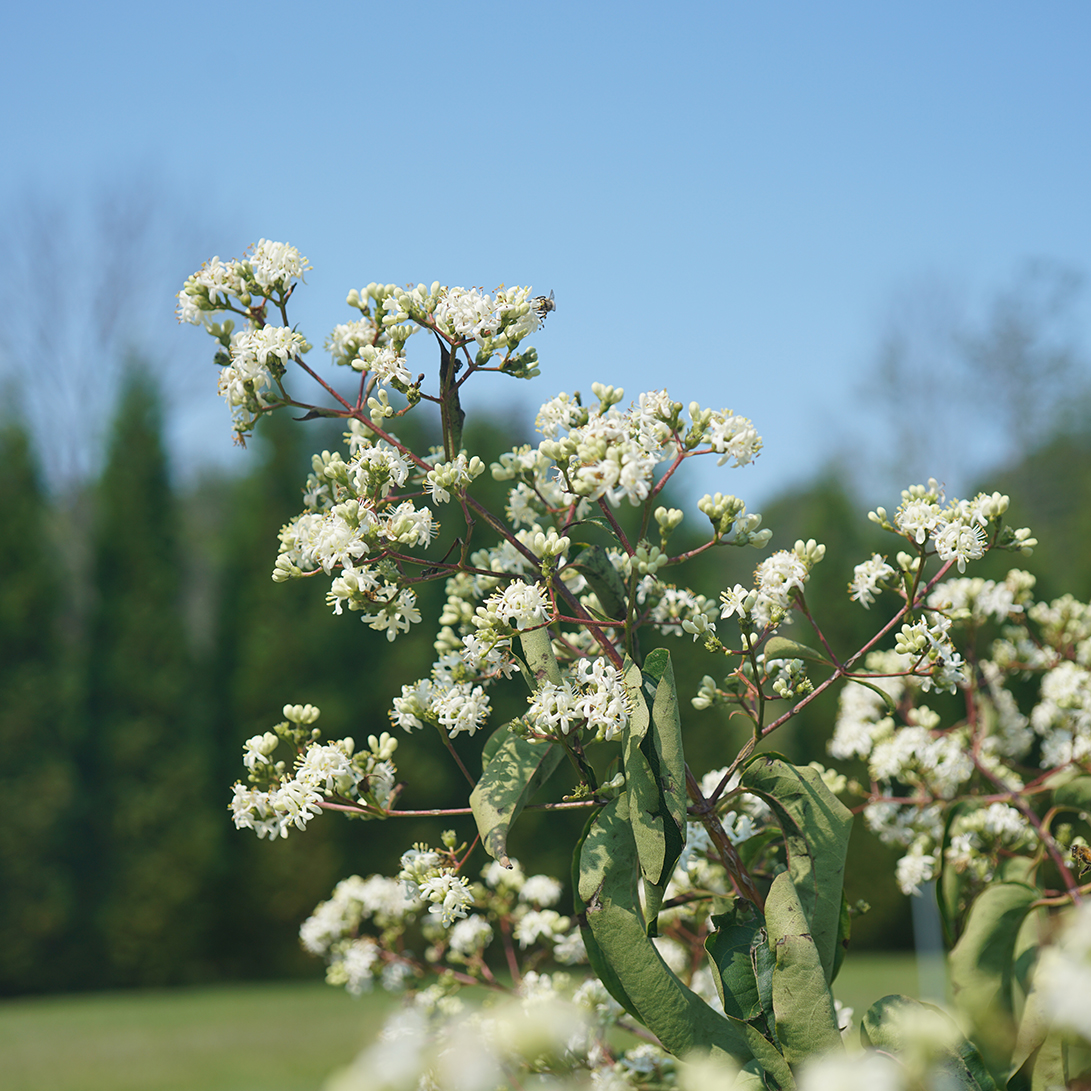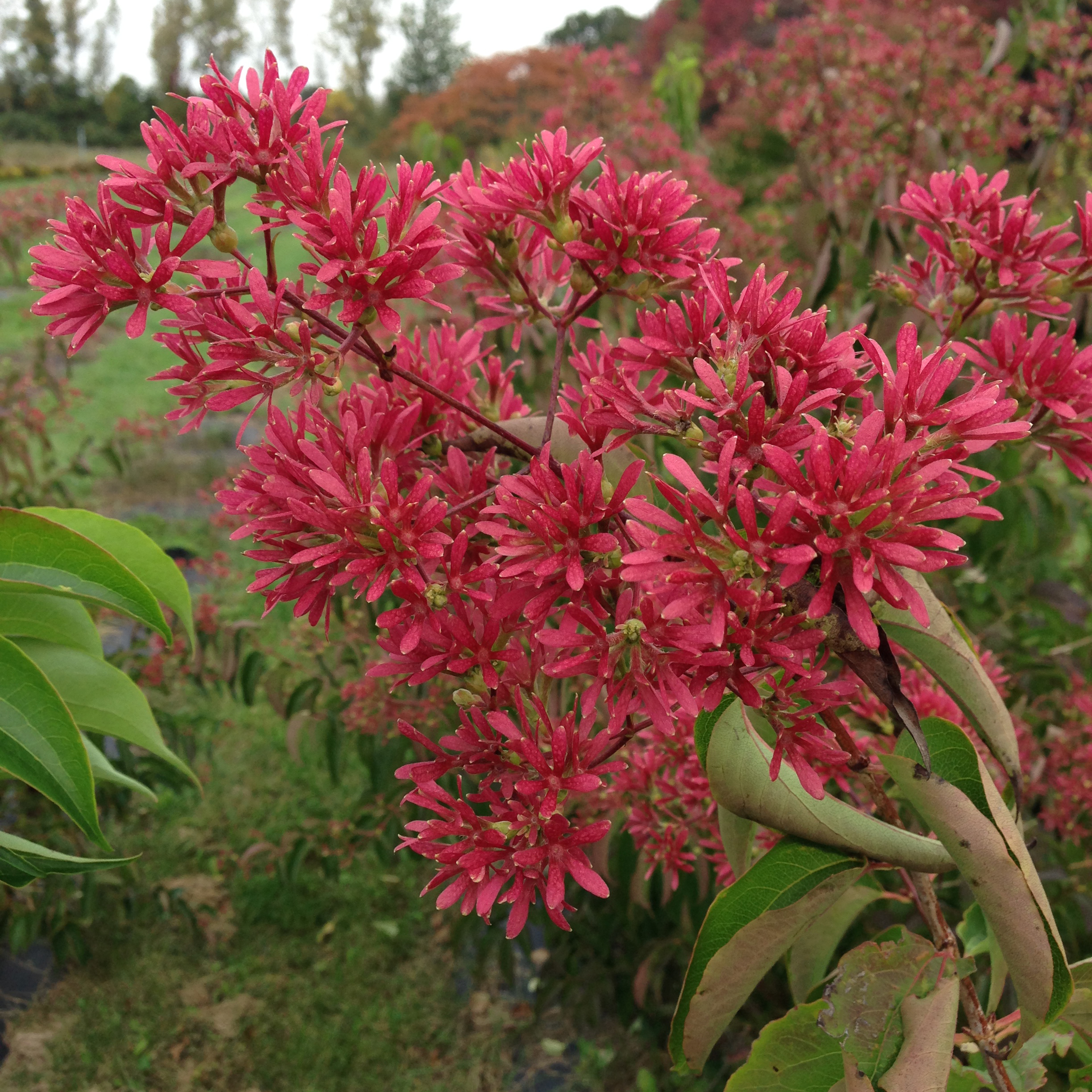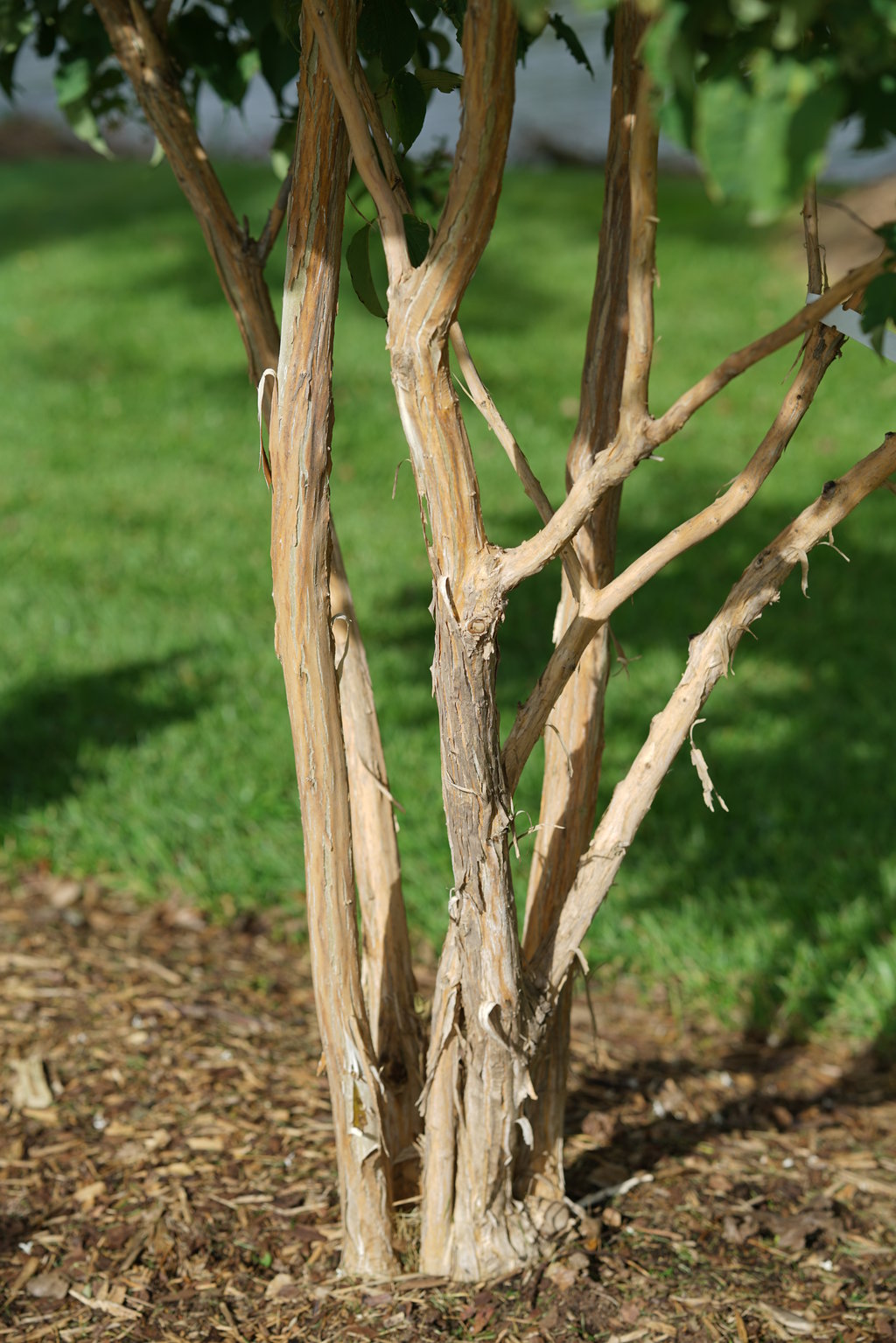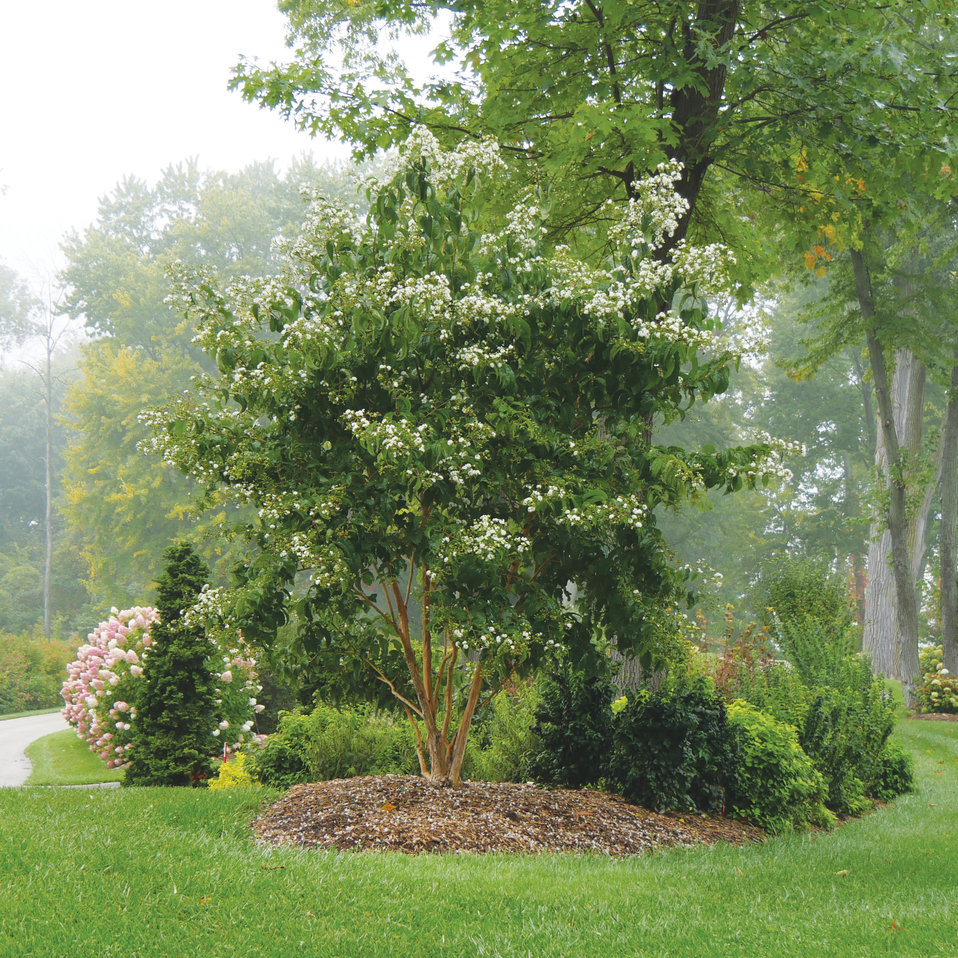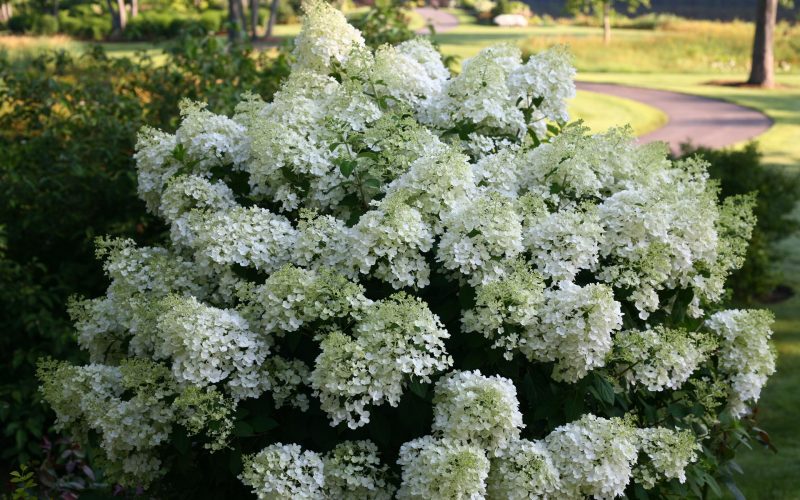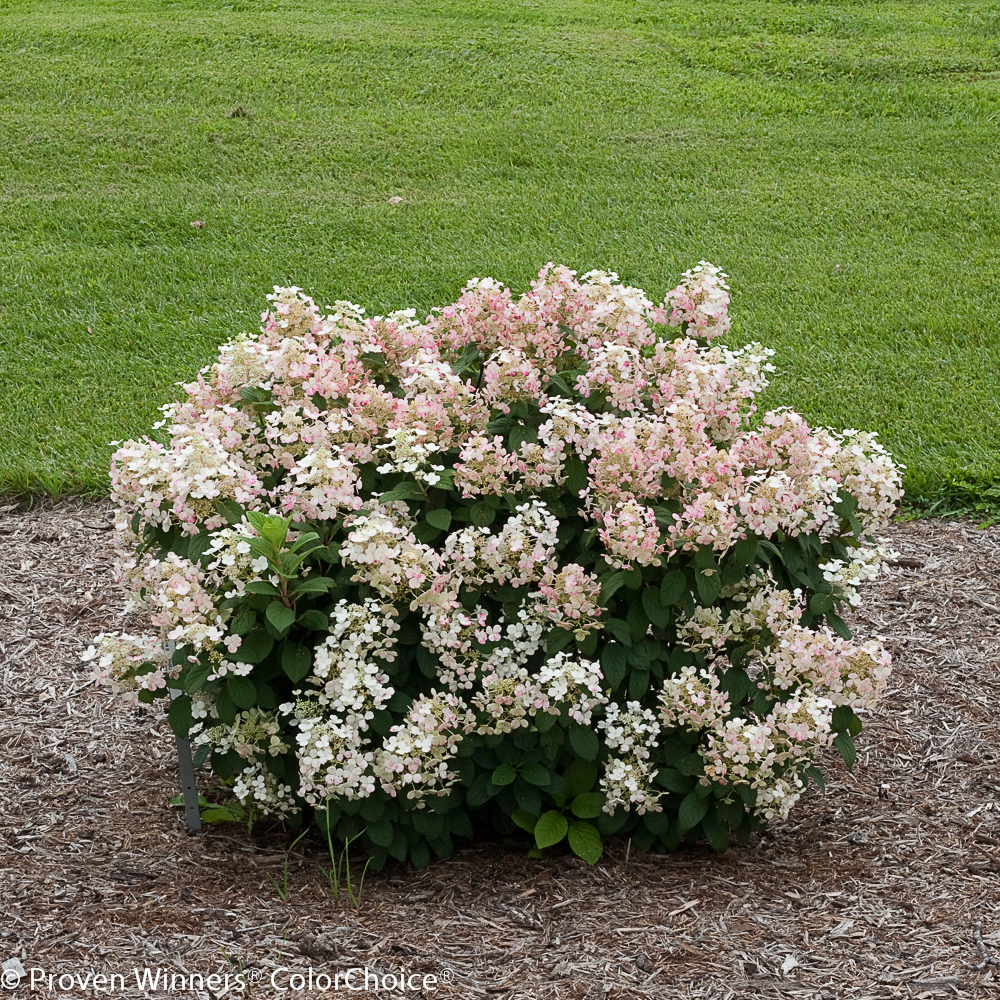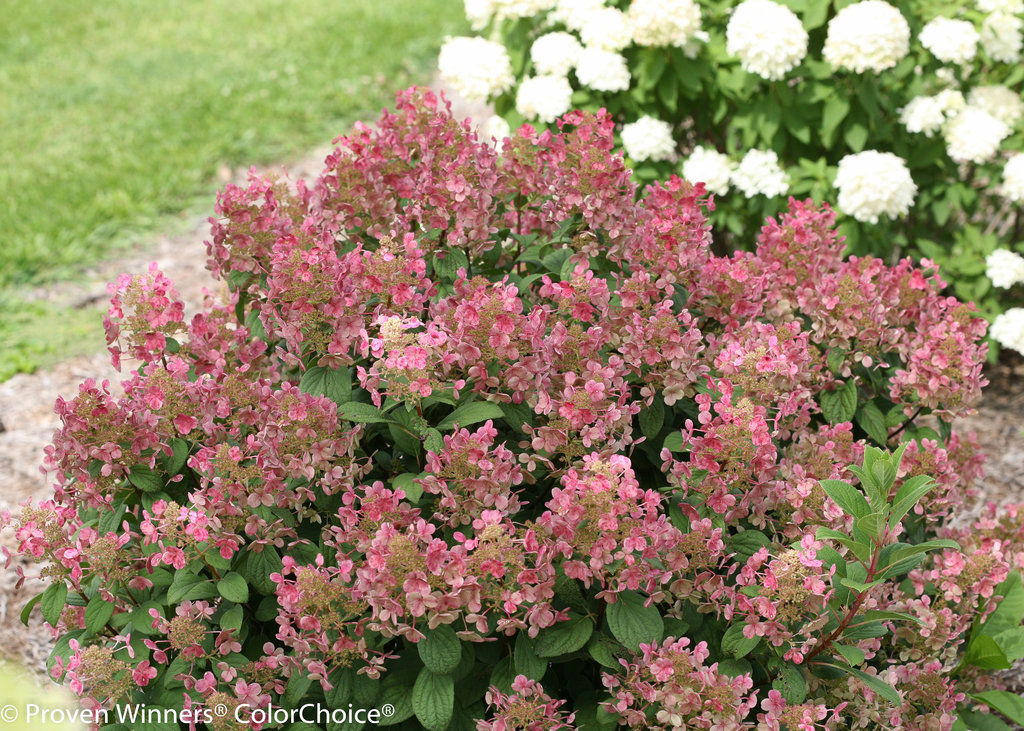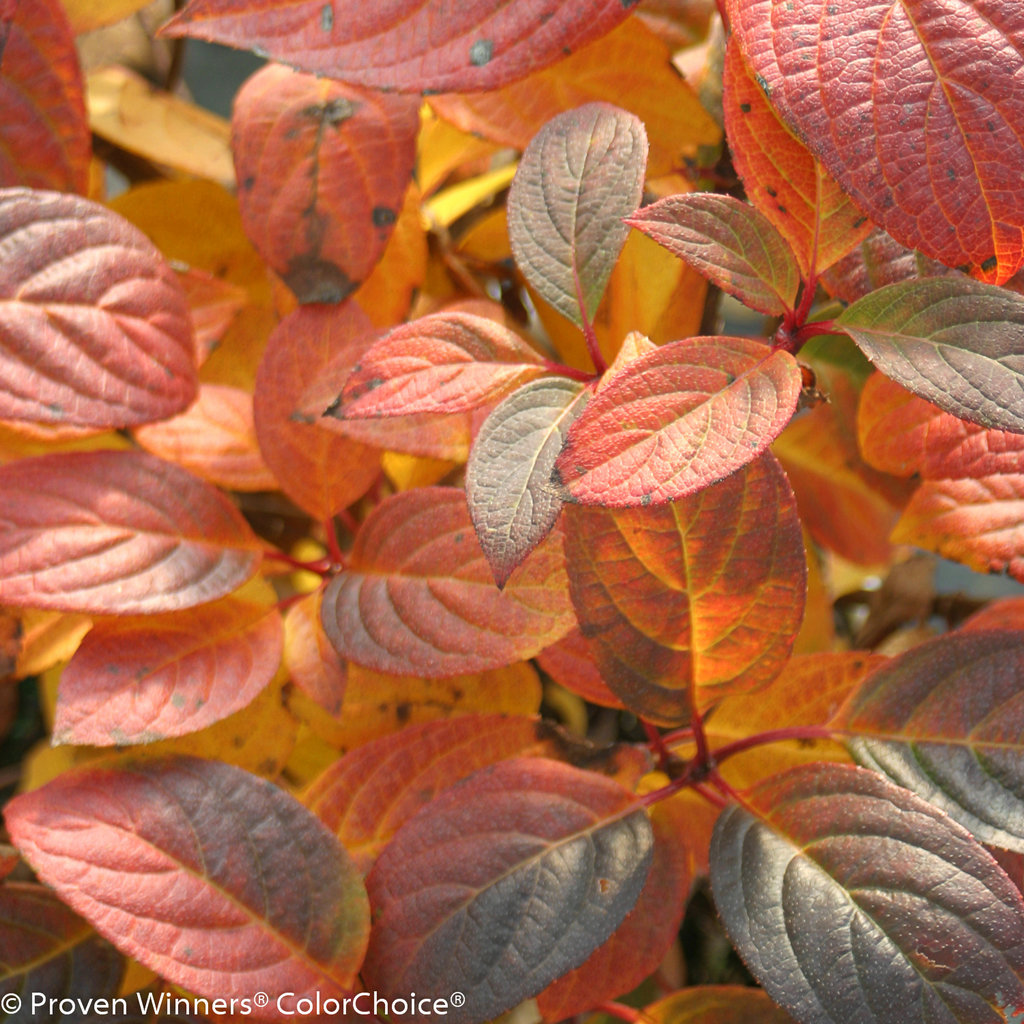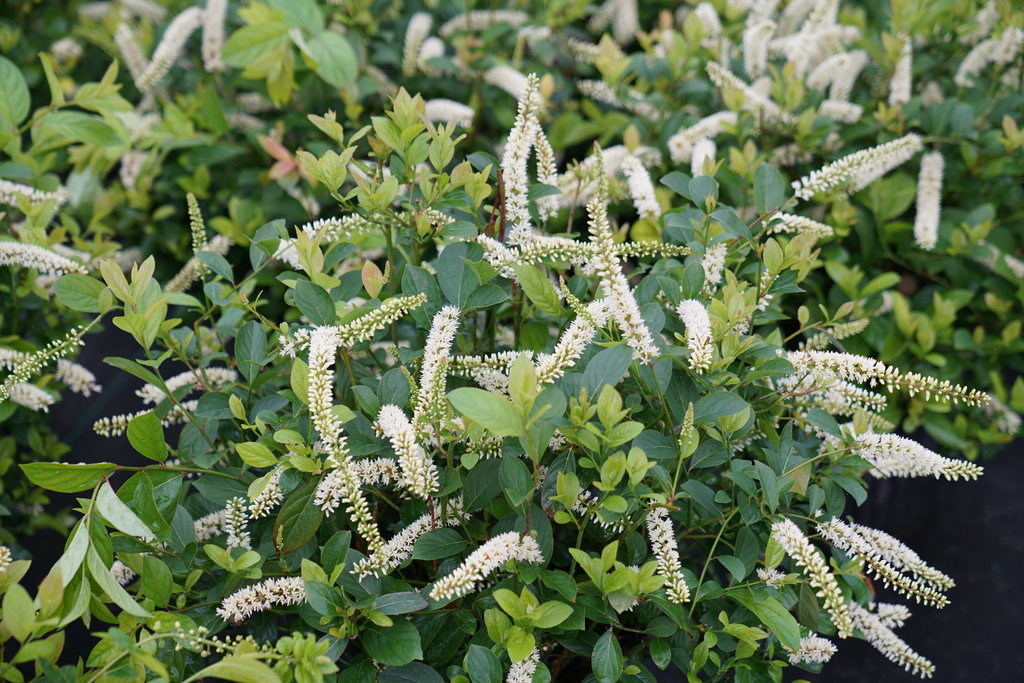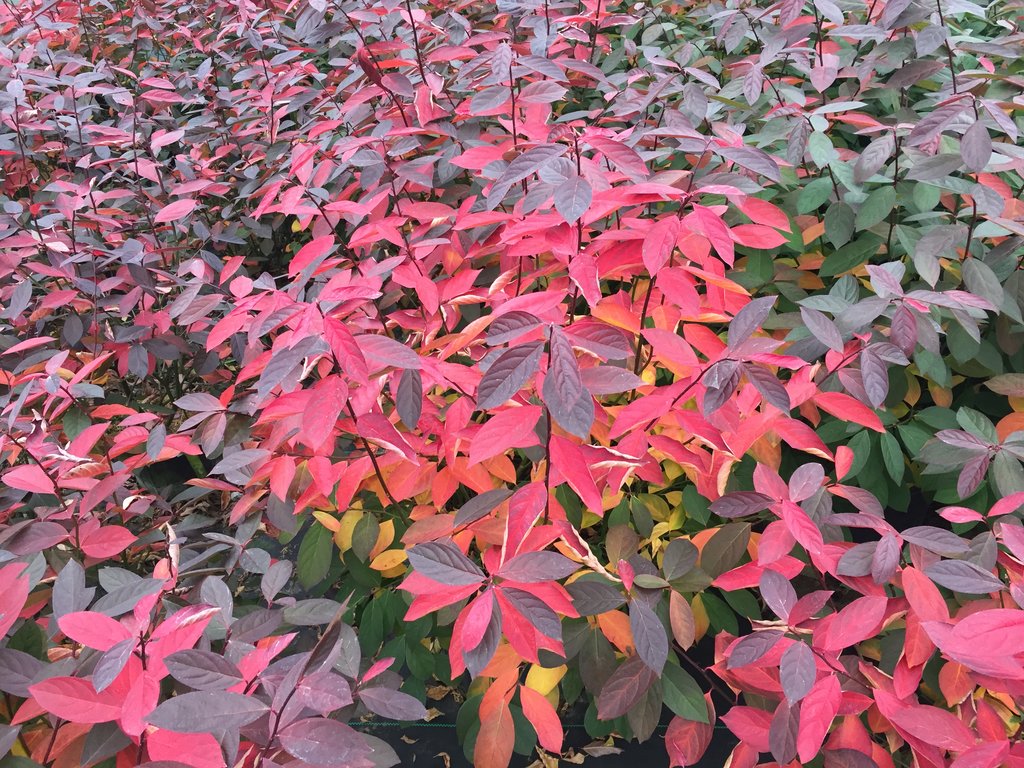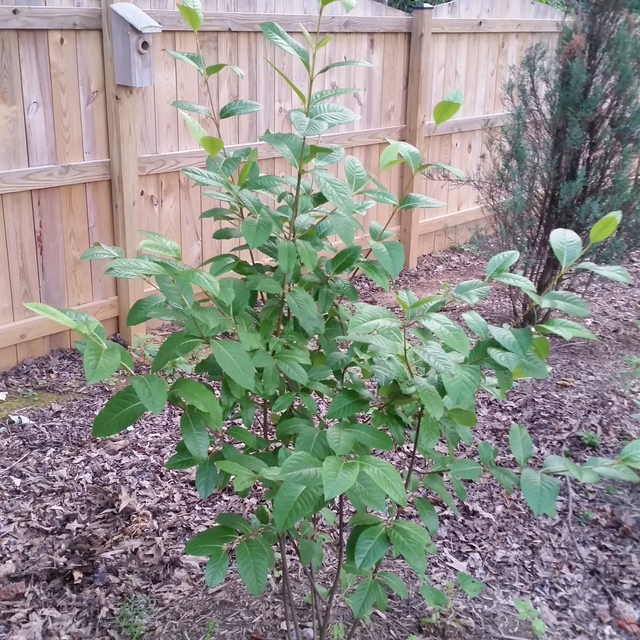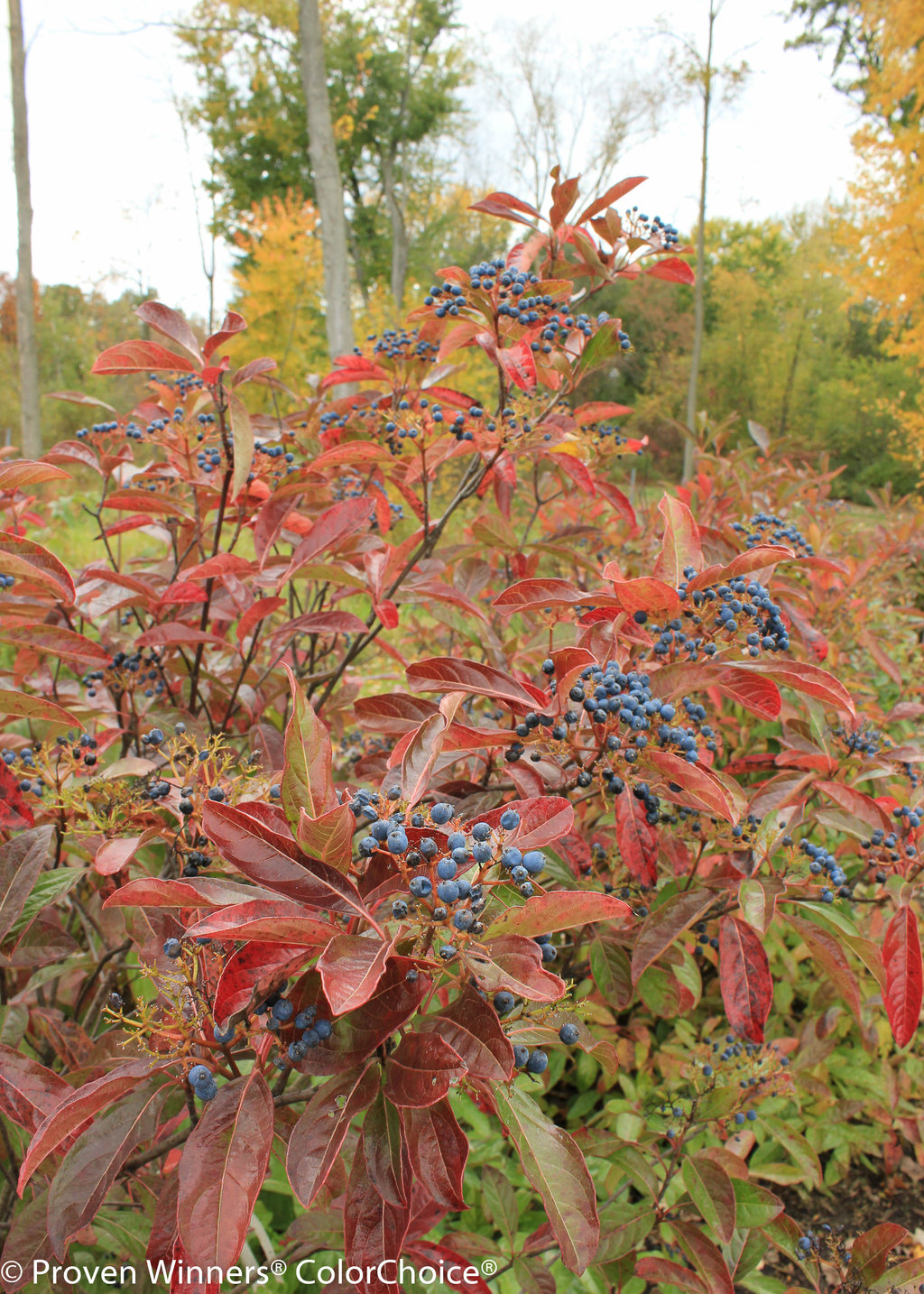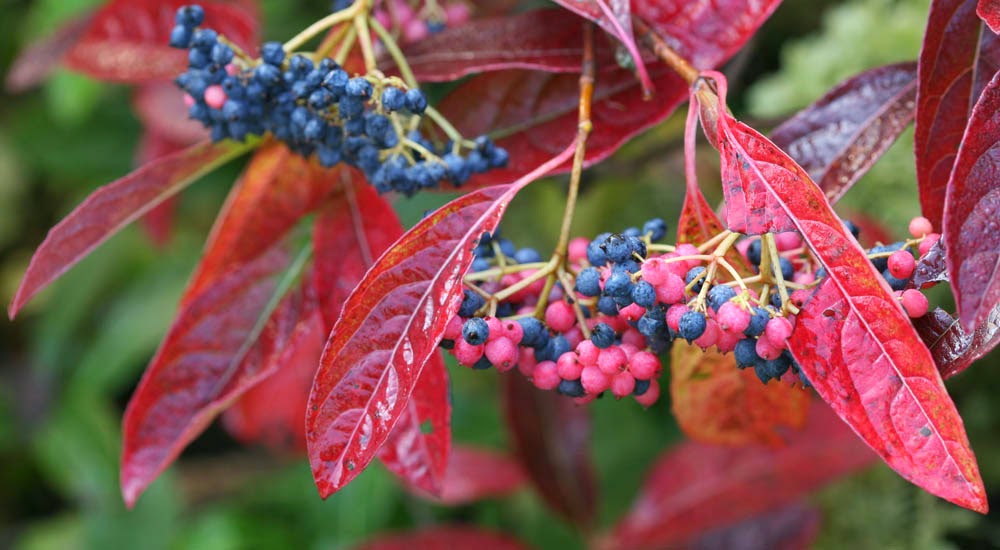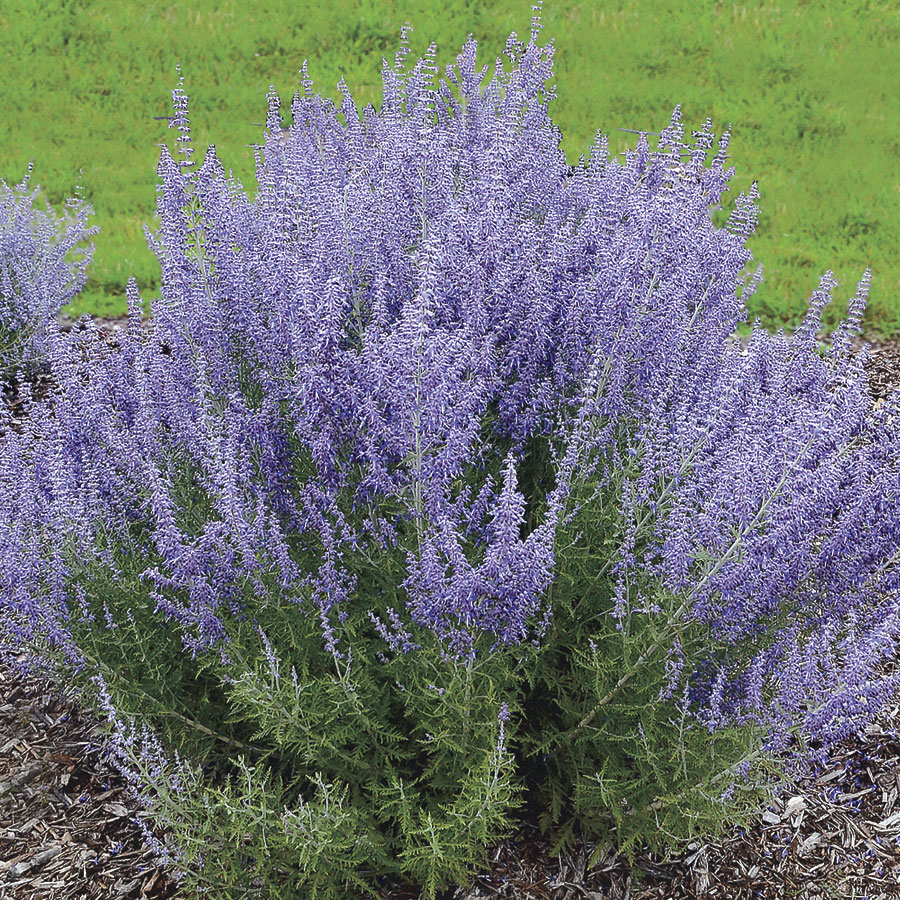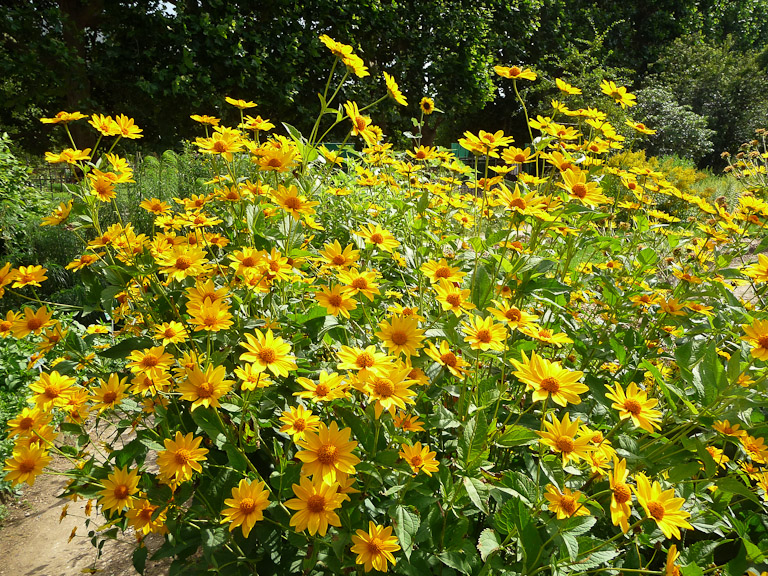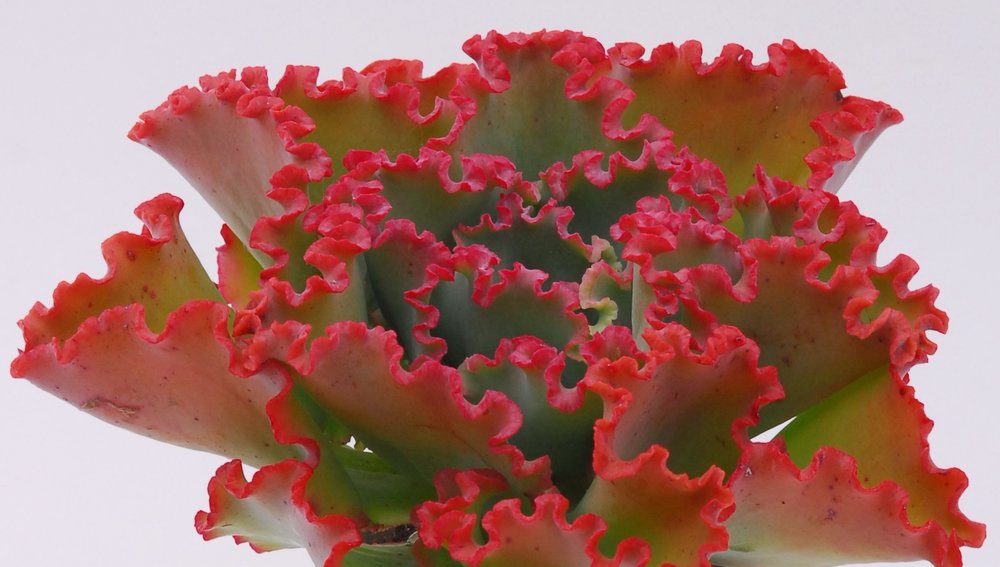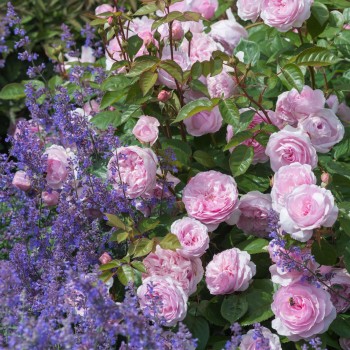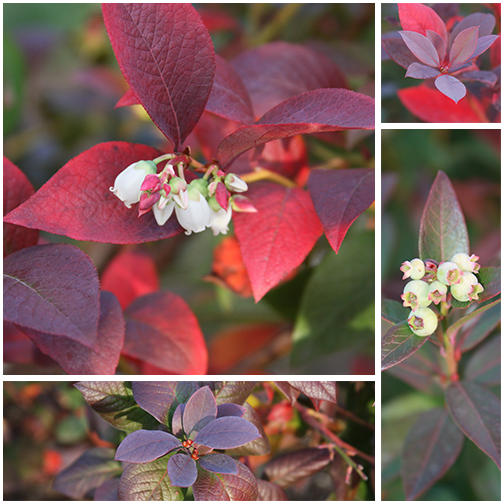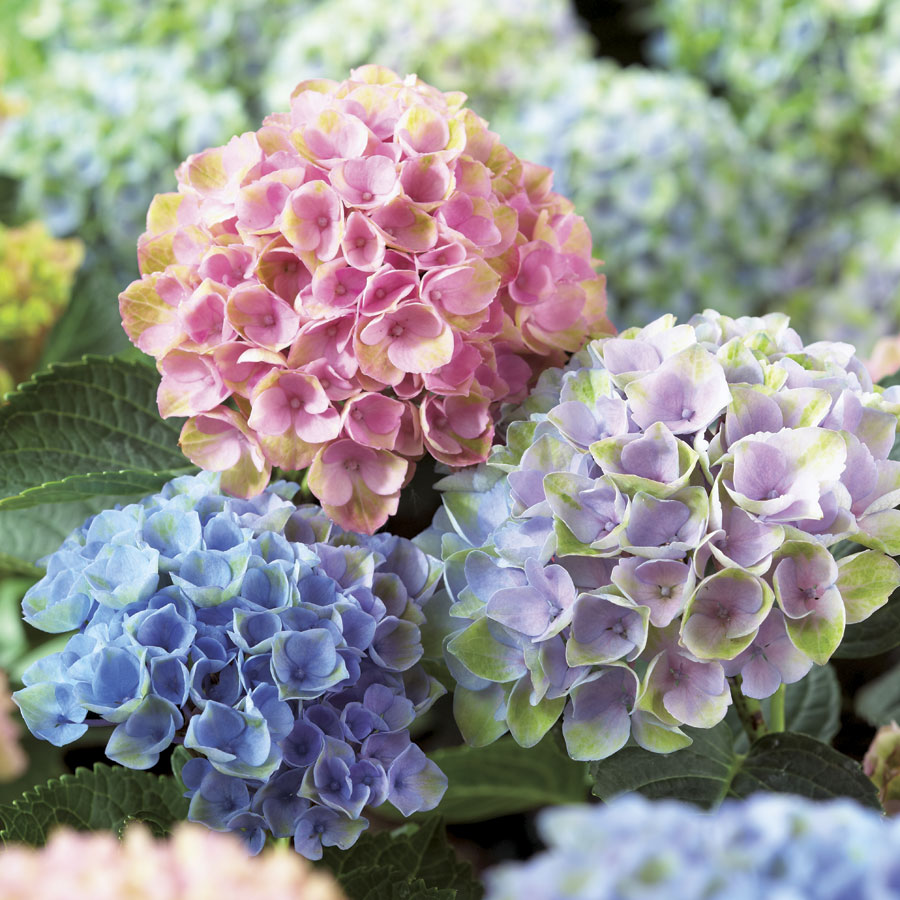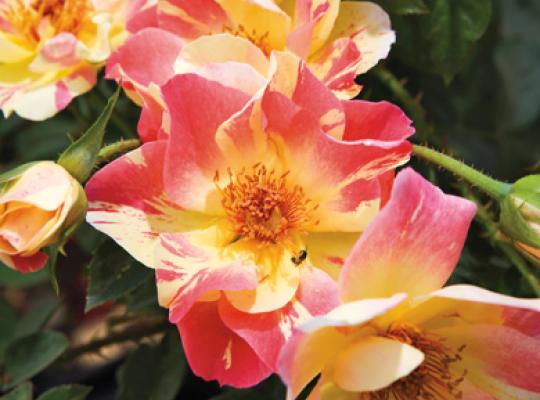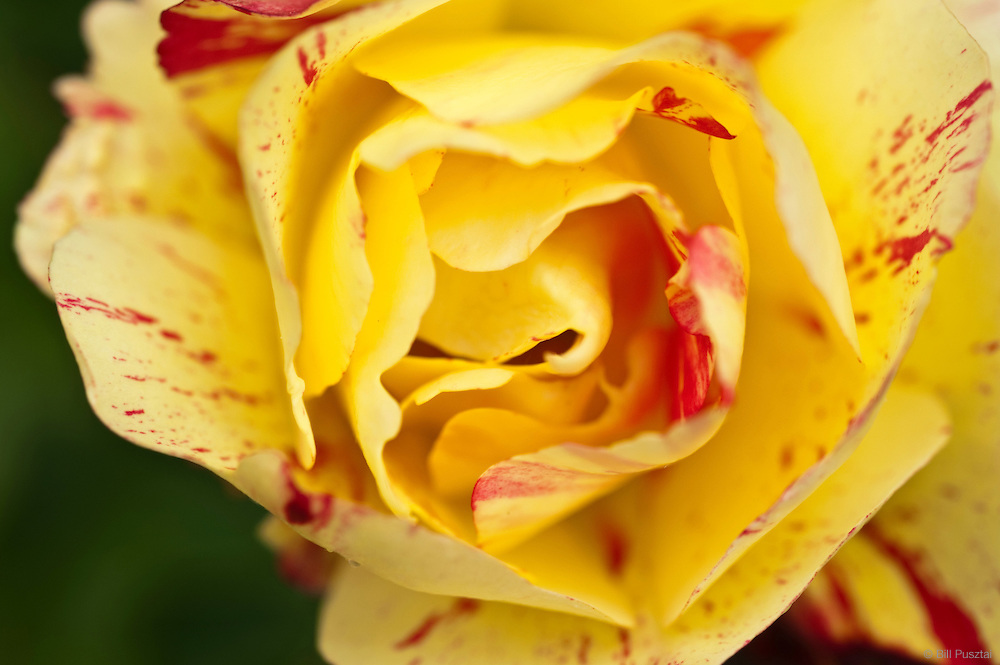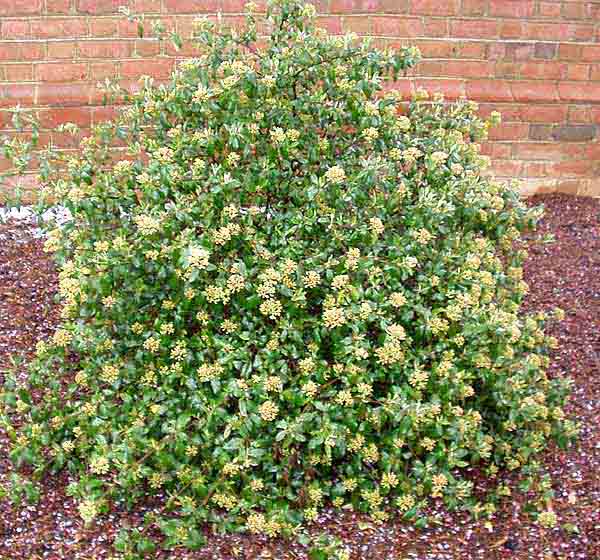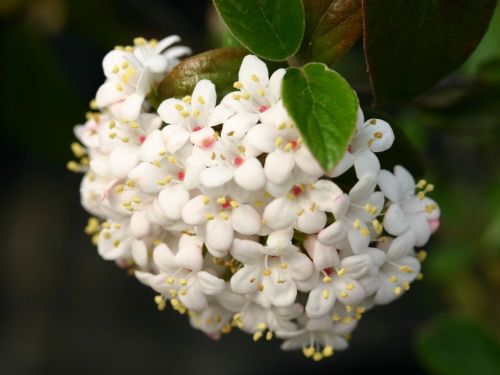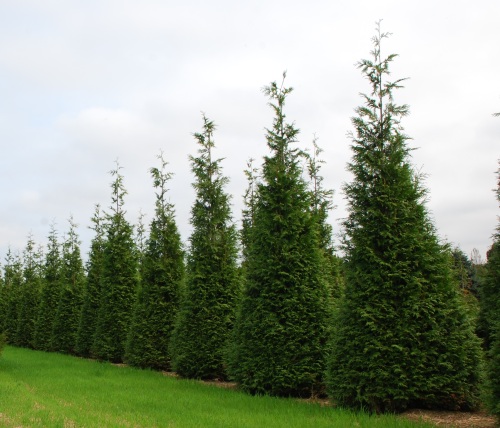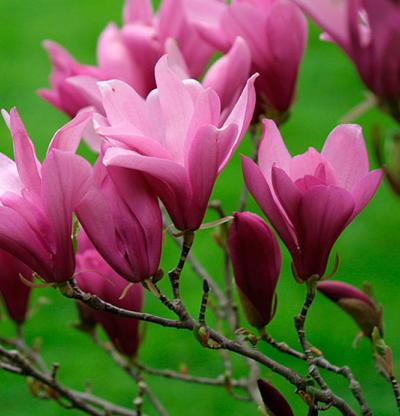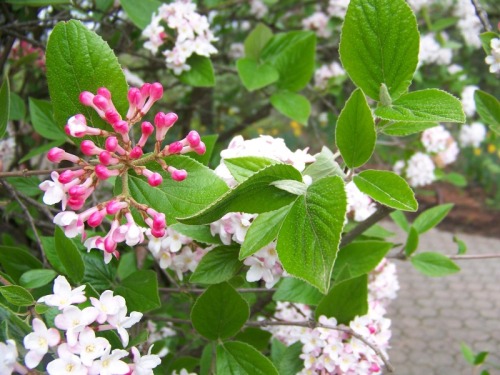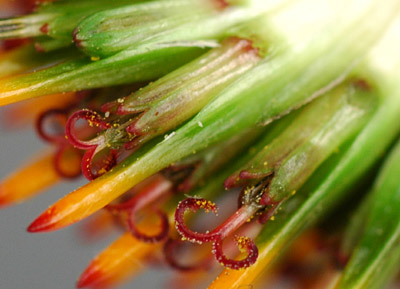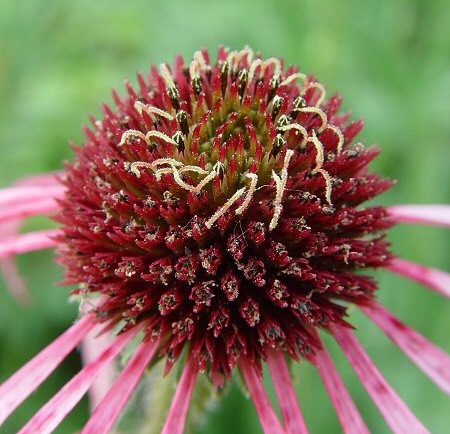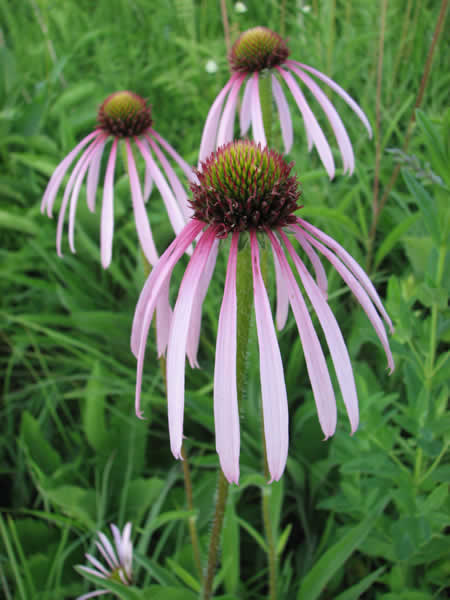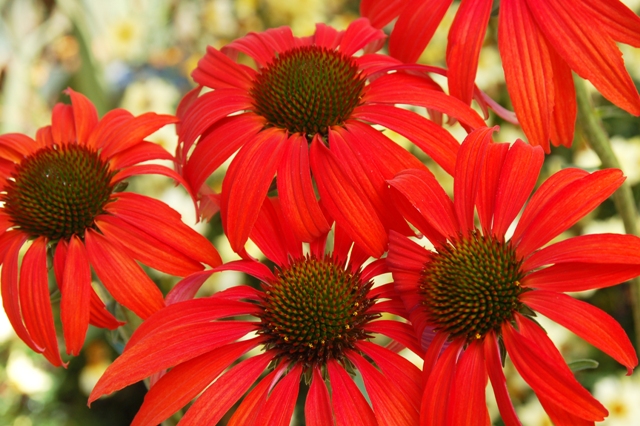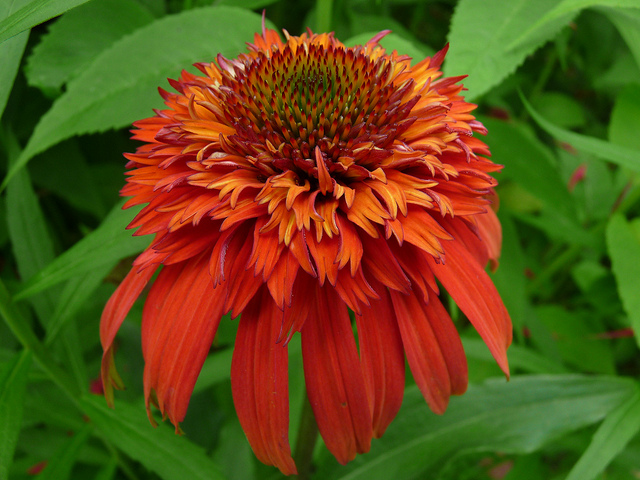New plants for 2022? I need to understand their names first
Before it makes any sense to try to “review” new plants for 2022, it’s important to understand what the names of these new plants tell us. We obviously know about botanical (sometimes called “scientific”) names and common names, and we all know that the way to accurately identify or specify the plant you’re talking about is to use the binomial nomenclature system Genus + Specific Epithet.
We use botanical names to avoid confusion, but that doesn’t mean that they, themselves, are never confusing. Plant taxonomy was established more than 200 years ago based on properties that could be observed. Now, DNA sequencing can tell you exactly who is really related to whom.
Example: it used to be called Aster oblongifolium and now its called Symphiotricum oblongifolium. Its common name is aromatic aster. How many people out there would understand if you told them you were planting Symphiotricum?
After the species information, there’s often a third name that’s meant to account for variation within a species. Most commonly, this third name indicates a “cultivar” (cultivated variety); it will appear in single quotation marks and its first letter is capitalized.
What Is a Cultivar?
A cultivar is a plant that has been grown from a stem cutting, grafting, or tissue culture to ensure it retains the characteristics of the plant parent. Growing a plant from one of these plant's seeds may not produce the same plant as the parent.
What Is a Plant Variety?
A variety is a type of plant grown from seed that has the same characteristics as the plant parent.
Whereas a plain old "variety" is a natural phenomenon, a cultivated variety exists only because it has been propagated via human intervention. Its continued existence (in the desired form) from one generation to another requires human involvement—just as a cultivated piece of land can retain its appearance and composition only through continual human efforts.
When you see a genus name followed by the letter "X," followed, in turn, by an epithet, this is an indication that the plant is a cross between two different plant species—a "hybrid plant."
But that’s not the end of the story. Plant patents and trade names add another layer of complexity.
As I started doing research about plant naming, I discovered that patented plants seem to have marketing names (with trademarks) but sometimes the cultivar name is not obvious. That led me to discover that patents and trademarks have different meanings, are governed by a different set of rules, and are navigated by different breeders in different ways, usually without good advice.
Tony Avent, owner and founder of Plant Delight Nurseries, explained it this way in his blog. The excerpts are from 2005, so they’re outdated, but the points he makes are important and relevant.
“To understand the problem, let’s go back in time to 1952, when the first International Code of Nomenclature for Cultivated Plants (hence referred to as the Code) was published to standardize the confusing way in which plant cultivars were named. The Code sets forth the way people around the world communicate about plants, and as long as everyone abides by the Code, problems in horticultural communication are minimal. Unfortunately we have moved into a time where more and more people are undermining the Code due in part to both ignorance and greed, creating a taxonomic nightmare.”
In Principle 3, the Code states, "Each cultivar or group with a particular circumscription can bear only one accepted name, the earliest that is in accordance with the Rules." Principle 4 of the Code brings up another important point, "Names of plants must be universally and freely available for use by any person to denote a distinguishable group of plants. In some countries, plants are marketed using trademarks. Such marks are the intellectual property of a person or some corporate body and are not therefore freely available for any person to use; consequently, they cannot be considered as names."
This, he explains, is an important point - trademarks are not plant names. Trademark names are intended to be used only to designate product origin or brands. They tell you where its from not who it is.
A classic example of a properly used trademark is Tylenol®. If you look through a drug store, you will find the company had registered Tylenol® as a trademark. The product that you purchase, however is not TYLENOL®, but instead one of many products, such as TYLENOL® Cold and Sinus Medicine or TYLENOL® Pain Relievers. … If a company's trademark name becomes recognized by the public as the product itself (i.e. generic), the trademark becomes invalid.
Avent also explains the established rules for cultivar names, according to the Code of Nomenclature:
For a cultivar name to be established on or after 1 January 1959, its epithet is to be a word or words in a modern language other than Latin …
A trademark is valid for 10 years and can be renewed indefinitely. The mistake that’s been made in the industry is either trying to trademark the cultivar name or create a “marketing name” (with a trademark) and then use a nonsensical cultivar name, which, they assume, won’t be used as the name of the plant since its unpronounceable.
The current improper use of trademarks in the horticultural industry had its origin more than a half century ago. … The rose industry seems to have been the first to use nonsensical, non-conforming names for plant cultivars. … One of the most famous roses in horticulture is one that everyone knows as Peace. Surprisingly, there is no such plant as Rosa 'Peace'. The plant we grow under this name is actually Rosa 'Madame A. Meilland'. The trade name Peace was coined by Conard Pyle Nursery, and used to market Rosa 'Madame A. Meilland' after World War II to capitalize on the post-war sentiment. The plant became known in the public's mind as the Peace rose.
Some of the larger nurseries soon realized that regardless of the cultivar name of the plant, they could come up with their own proprietary (trademarked) marketing name and use these names to promote plants which already had valid cultivar names. The idea was to convince the public that the company's marketing name was actually the name of the plant. The next step in the downward spiral was when nurserymen began intentionally giving their new plants stupid nonsensical cultivar names. Subsequent plant promotions would often only tout the marketing name, causing the consumer to often not realize the plant had a real cultivar name. The cultivar name, if included at all in ads and tags, would be printed in very small print in comparison to the "marketing name". … The practice of using nonsensical names violates the entire purpose for having an International Code of Nomenclature for Cultivated Plants while the use of trademarks as generic names violates the legal use of trademarks.
ADDED COMPLEXITY - the Plant Patenting process
Many breeders and growers of new plants properly choose to try and recoup their investment in producing a new plant by securing a royalty payment from those producing the plant. Plant patents are the only legal means of protecting a proprietary plant. Patents are good for 20 years … after the date of patent filing. After this time, anyone can legally propagate and sell a formerly patented cultivar. … Many growers have the false impression that trademarks give them an easier and cheaper alternative to patents, but this is not the case.
To further complicate matters, some plants are both patented and subsequently marketed under a company's trademarked name. Some nurserymen think they can get the 20-year protection the plant patent provides, plus a further measure of protection by trademarking a second (marketing) name for each plant. Once the patent expires, others could propagate a formerly patented plant, but in theory could not sell it under the company's trademark name. A classic example is Monrovia's Limemound® spirea. At the end of its patent protection in 2003, everyone could propagate Spirea 'Monhub' PP5834, but Monrovia assumed no one else could then legally sell the plant as Limemound® spirea. Unfortunately both nurseries and many trademark lawyers who advise nurseries seem not to understand basic trademark law.
So when you go to a nursery in 2022, look for Spirea ‘Monhub’ PP5834 and, voila, you’ll have Limemound!
This use of trademarks as secondary "pseudo-cultivar" names for a particular plants violates both the spirit of the Nomenclature Code, as well as US trademark law. Trademark law clearly states if a trademark name becomes the common use (generic) name of a particular item, then the trademark becomes invalidated. Trademark lawyers have long advised nurseries to write the cultivar name in single quotes and smaller type and then the trademark name without single quotes in larger type. In their minds, this keeps their trademark valid.
Tony Avent concluded back in 2005:
It would be nice if nurseries, who indeed are ethical, but misinformed would take the lead in reversing this terrible trend. It would also be a nice change if groups such as the Perennial Plant Association (PPA) and the American Nursery and Landscape Association (ANLA) would take a strong position on the long-term detrimental effects of dual plant naming through trademarks, both to the industry and the consuming public. The best way to end this trend is for reputable nurseries to take a public stand against this confusing practice for the long-term good of horticulture. Short of this, it is going to be up to the Garden Writers Association (GWA) and the American Public Gardens Association (APGA) to identify plants by their one and only cultivar name, and hopefully at the same time embarrass those who persist in making up stupid nonsensical names for good plants and illegally using trademarks to deceive the public.
Landscape Designers are often not disciplined enough in calling a given plant by its “real” name. Partly because the wholesale nursery labels don’t always give the correct information (and the people running the wholesale nurseries may or may not know themselves), partly because its confusing and partly because we sometimes don’t do the research.
Unfortunately, the use of marketing names as secondary "pseudo-cultivar" names still persists all these years later.
Examples include:
The cultivar name is ‘Niko’. The tradename is Phenomenal. Notice that the “real” name of the plant is in tiny print in parentheses and the tradename is in giant bold capital letters. Show of hands - how many people think the cultivar name is ‘Phenomenal’? I sure did!
Yeah, as it turns out the cultivar name is NOT ‘Junior Walker’
Another example: the Virginia Sweetspire cultivar marked as Little Henry. I’ll bet everyone thinks that ‘Little Henry’ is the cultivar name. NOPE! Here’s an excerpt from the patent for this plant:
The present invention relates to a new and distinct cultivar of Itea virginica plant hereinafter referred to by the cultivar name `Sprich`. The new Itea virginica cultivar is being marketed under the trade name `Little Henry`.
The new cultivar was discovered by the inventor in Burlington, Ky., as a naturally-occurring branch sport of the nonpatented Itea virginica `Meadowlark`. Asexual reproduction of the new cultivar by terminal cuttings taken at Burlington, Ky., and Grand Haven, Mich., has shown that the unique features of this new Itea virginica are stable and reproduced true to type in successive generations of asexual reproduction.
C’mon folks, check the size of the real cultivar name on the tags!!
But here’s a competitor for Little Henry with it’s own - somewhat unpronounceable - cultivar name. Patent applicants include Michael Dirr. They don’t refer to a marketing name for the cultivar.
Botanical classification: Itea virginica.
Variety denomination: ‘Bailteaone’.
BACKGROUND OF THE INVENTION
The present invention relates to a new and distinct cultivar of Itea virginica. The new Itea will hereafter be referred to by its cultivar name, ‘Bailteaone’. ‘Bailteaone’ is a new cultivar of Itea virginica grown for use as an ornamental landscape plant.
The new cultivar was derived from a controlled breeding program conducted by the Inventors in Watkinsville, Ga. ‘Bailteaone’ arose from a controlled cross made in 2008 between Itea virginica ‘Henry's Garnet’ (not patented) as the female parent and Itea virginica ‘Sarah Eve’ (not patented) as the male parent. ‘Bailteaone’ was selected as a single unique plant in 2009 from amongst seedlings derived from the above cross.
Asexual propagation of the new cultivar was first accomplished by semi-hardwood stem cuttings by one of the Inventors in Watkinsville, Ga. in 2009. Asexual propagation by semi-hardwood stem cuttings has determined that the characteristics of the new cultivar are stable and are reproduced true to type in successive generations.
SUMMARY OF THE INVENTION
The following traits have been repeatedly observed and represent the characteristics of the new cultivar. The attributes in combination distinguish ‘Bailteaone’ as a unique cultivar of Itea.
‘Bailteaone’ exhibits a compact and rounded to upright habit.
‘Bailteaone’ exhibits a prolific blooming habit with white star shaped flowers on numerous racemes
‘Bailteaone’ exhibits a freely branched habit.
‘Bailteaone’ exhibits excellent vigor.
‘Bailteaone’ exhibits vibrant red maroon fall color.
The female parent plant differs from ‘Bailteaone’ in having a less compact and less uniform plant habit (more unruly), a less vigorous growth habit, less prolific blooming habit, and less intense fall foliage color. The male parent plant differs from ‘Bailteaone’ in having sepals and pedicels that are pink-purple in color, a less vigorous growth habit, and less significant fall color. ‘Bailteaone’ can also be compared to Itea virginica cultivar ‘Sprich’ (U.S. Plant Pat. No. 10,988). ‘Sprich’ differs from ‘Bailteaone’ in having a much less vigorous growth habit and a smaller plant size.
So - when and where can we find this new Itea? And how will we pronounce the cultivar name?
Alas, its been given a marketing name by First Editions - “Love Child” - that I’m sure everyone will use as the cultivar name! To be fair, the “real name” is featured pretty prominently - give them credit for that.
Another example, this one from Terra Nova® - an excerpt from the Patent applicationis shown below.
Botanical denomination: Heuchera hybrid.
Variety designation: ‘TNHEUNESI’.
Trademark Designation: NORTHERN EXPOSURE™ Sienna.
BACKGROUND OF THE INVENTION
The present invention relates to a new and distinct cultivar of Heuchera given the cultivar name of ‘TNHEUNESI’. Heuchera is in the family Saxifragaceae. Heuchera ‘TNHEUNESI’ originated as a controlled cross using Heuchera ‘B104-2’, a proprietary, unpatented, unnamed plant as the seed parent, and Heuchera ‘B98-1’, a proprietary, unpatented, unnamed plant as the pollen parent. These parents are a result of breeding using hardy Heuchera richardsonii crossed with proprietary hybrid lines. Heuchera ‘TNHEUNESI’ was bred to be a hardy, large, landscape plant.
The cultivar name for the Heuchera hybrid is nonsensical and there’s no mention of the “real” name of the plant on the tag. To be fair, the patent application does distinguish between the “variety designation” and the “trademark designation”. No idea how regular folks will refer to this plant - they might call it Northern Exposure without realizing that there are several different heuchera in this series or they might call it Heuchera x ‘Sienna’ - which would be wrong!












